A Look At Performance Enhancing Supplements- by John Ingham
“Let food be thy medicine and medicine be thy food.”
— Hippocrates
Sometimes I worry about how much longer I can keep riding gravel, but when I am out in farm country or national forests, spinning along and in the moment, concerns about aging diminish and I almost feel young again. I am also encouraged by what I have been learning about the health effects of exercise, macronutrients, and certain foods and nutrients (1). Here, I share my take on ergogenic supplements and related health concerns and conundrums.
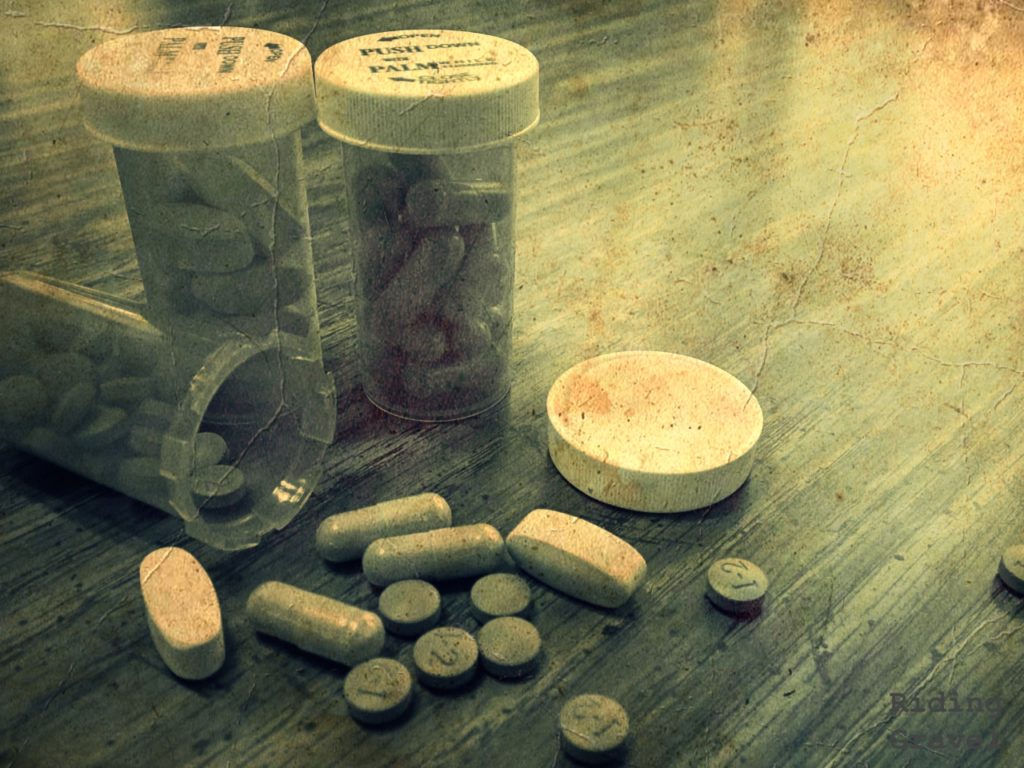
CREATINE
Creatine, an amino acid that supports muscle development, is probably the most popular supplement out there. It helps weight lifters and sprinters with muscle development, but it does much less if anything for endurance athletes (2). Most of us are getting enough creatine without supplementing: Creatine is present in red meat, pork, poultry, and fish, and barring genetic abnormalities, the body can usually synthesize all it needs in any case.
BAKING SODA AND BETA ALANINE
Common baking soda or sodium bicarbonate has long been a popular supplement among cyclists. By buffering acid build up, baking soda lengthens time to exhaustion in bursts of effort in the one to several minutes range. Studies find little or no benefit in longer events, however. Evidently, acidosis is not a significant factor limiting time to exhaustion over long distances (3).
b-alanine is often taken together with sodium bicarbonate. A contributor to carnosine, a H+ buffering agent, it also reduces fatigue by modulating acidosis. Like baking soda, it is more effective for efforts of less than four minutes, but in such short periods it can improve performance by as much as 3%, enough to make a difference in sprints and middle-distance races (4). It would be interesting to hear from gravel racers who have used sodium bicarbonate and beta alanine in events with severe grades, hills, and rollers.
EPO
Erythropoietin (EPO), a glycoprotein cytokine produced by the kidneys in response to hypoxia, improves strength and endurance by increasing red blood cells and thus oxygen transport to muscles cells. Although synthetic EPO has been outlawed in professional cycling, there are natural ways to raise it. Strong claims are being made for EPO Boost, a commercial concoction that combines echinacea or purple cone flower, B vitamins, and various herbs. The vender cites an echinacea study on its web site, but several well-designed studies fail to show that echinacea significantly improves VO2 max, the oxygen carrying capacity of blood, running efficiency, or endurance (5).
Since the body produces EPO in response to hypoxia, one could simply train at altitude. Or, better yet, one could take regular saunas. Heat shock or hyperthermic conditioning improves performance and health through multiple pathways. Stimulating EPO is one of them. Recent large-sample studies suggest that regular sauna use dramatically lowers risks for cardiovascular disease, dementia, and Alzheimer’s (6). Regular saunas also support muscle building and endurance. A small study of endurance runners found that runners who did thirty-minute saunas following training runs had a 32% increase in time to exhaustion and a 2% improvement in 5,000-meter time trials. These effects are thought to be results of increases in blood and plasma volume and a slight increase in red blood cell count (7).
NITRATES
Beet juice, celery, arugula, and various other nitrate-rich foods enhance endurance. In the body, nitrate converts to nitric oxide, which improves vasodilation, blood circulation, and oxygen cost of exercise. A meta-analysis of seventeen studies found that supplementation with beet juice had little effect on time-trial speed but did result in a modest improvement in time to exhaustion. Although improvement was less noticeable in well-trained athletes in an earlier study (8), a more recent study found a 1.6%-time trial improvement with higher doses of beet juice in well-trained cyclists (9).
VITAMIN D3
A 2018 studyfound a strong, significant correlation between blood levels of vitamin D and cardiorespiratory fitness, or VO2 max. Correlation alone cannot establish causation, but there are good reasons why vitamin D might improve VO2 max. Vitamin D dampens inflammation in the lungs, prevents interstitial lung disease, and supports heart function (10). A study of soccer players found a 6% improvement in VO2 max after 8 weeks of supplementing with D3 (11).
There is a caveat. While vitamin D enhances calcium absorption, it does not ensure that calcium will end up in bones rather than artery linings, kidneys, or brain. In fact, taking vitamin D and calcium alone does not improve bone strength and could prove harmful; it can harden arteries and increase risk of heart attack. The proteins that steer calcium into the bones and prevent calcification in the rest of the body depend on the little-known but crucially important vitamin K2. Some K2 is synthesized in the gut from vitamin K1 found in vegetables and especially dark green leafy vegetables. This ability to turn K1 into K2 is not strong, however—during human evolution selection pressures for the ability to make K2 were relaxed because early humans were hunting and eating K2-rich, grass-eating ruminants. K2 is present in grass-fed beef and lamb, eggs, and cheeses from grass-fed cows. Supplementing with vitamin D3 should be done in conjunction with eating K1 and K2-rich foods and, perhaps, taking a low dose vitamin K2 supplement.
BEET JUICE, APPLES, GREEN TOMATOES, AND GARLIC—MORE ON MUSCLE PRESERVATION
Muscles begin to weaken by age 30 and the deterioration accelerates in later years, especially in the 70s. Exercise slows this process as does increasing protein intake. Beet juice, apples, green tomatoes, and garlic might also help.
Exercise-induced inflammation has both anabolic and catabolic effects on skeletal muscle tissue. Depending on recovery, rest, and diet, the net effect can be either muscle growth or muscle wasting. Training effects depend on micro-tears in muscle tissue, inflammation, and anabolic repair, with the intensity, extent, and duration of inflammation and recovery time playing key roles. Dampening inflammation with anti-oxidants like vitamins C and E can suppress training effects. The anti-oxidant properties of resveratrol can also interfere with muscle development (12, 13).
Contrariwise, other dietary interventions favor muscle preservation and growth. Declining endogenous production of nitric oxide and thus declining endothelial function and arterial flexibility impairs amino acid transport into muscle tissue. This suggests that dietary nitrates and diets that dampen systemic inflammation can help maintain muscle strength.
Muscle wasting or sarcopenia also results from age-related increase in ATF4, a transcription factor that interferes with amino acid uptake. Researchers at the University of Iowa have found that ursolic acid, a molecule abundant in red apple skins and holy basil tea, and tomatidine, a molecule in green, unripe red tomatoes (note: tomatillos are not tomatoes), suppress ATF4 (14). There is something to the old saying that an apple a day keeps the doctor away—worms that feed on extracts from apples live 39% longer! (15). It is not yet clear, however, whether large doses of ursolic acid and tomatidine are safe. There are indications that high doses of ursolic acid can damage DNA.
Fasting and low carbohydrate diets put the body in states of nutritional ketosis. The body then shifts from burning glucose to burning ketone bodies and free fatty acids. Fueling with ketone bodies and, to a lesser extent, free fatty acids counteracts the muscle wasting effects of intense inflammation (16). Leucine is the most important essential amino acid for body building. Blood levels of leucine rise with nutritional ketosis. As I have noted in previous posts, avoiding sugar and refined carbohydrates lowers systemic inflammation and circumvents the destructive effects of glucose metabolism on heart muscle during strenuous exercise.
The polysulfides in garlic support endogenous hydrogen sulfide synthesis, which in turn supports vascular health (17). A recent study in mice found that the NAD precursor NMN in combination with exercise or hydrogen sulfide promotes capillary density and thereby reverses vascular aging and improves physical endurance in older mice (18). Vascular aging may be a principal driver in age-related chronic diseases and old-age frailty. If human studies replicate the mouse results, the implications for healthcare will be huge, not to mention the implications for gravel racing demographics (but don’t hold your breath).
VITAMIN B3, NAD, AND SIRTUINS
Sirtuins are nicotinamide adenine dinucleotide (NAD)-dependent enzymes that regulate aging in both plants and animals. They are involved in hormesis, that is, processes whereby the body becomes stronger, healthier, and more youthful in response to challenge and stress (19).
Expression of sirtuins depends on NAD in cells and mitochondria throughout the body. NAD alternates in an electron exchange with NADH in a cycle that produces ATP, the body’s fundamental source of energy. NAD also regulates circadian rhythms and repairs damaged DNA. Studies of mice suggest that supplementing with NAD precursors and resulting sirtuin over-expression may slow or reverse aging and inhibit aging-related diseases.
NAD depends on the three forms of vitamin B3—niacin, nicotinamide/niacinamide, and nicotinamide ribocide (NR)—and, when it is being recycled in a salvage pathway, on nicotinamide mononucleotide (NMN). NAD levels decline with age, perhaps because increasing amounts of it are being shuttled into DNA repair. NAMPT is a rate-limiting enzyme in the salvage pathway that converts nicotinamide to NMN. Calorie restriction, exercise, and other stresses, including heat shock, activate NAMPT and thus the recycling of NAD. NR and NMN are more potent NAD boosters than niacin or nicotinamide and are available as commercial supplements. Understandably, they are generating a lot of hype and attention.
There are reasons one might not want to use them, however, at least not yet. High NAD levels are associated with circadian rhythm disruption, and they may promote certain types of cancer. Vitamin B3 in excess of recommended amounts can be harmful, and it not yet clear whether NR is an exception to this finding. Excessive niacin can raise blood sugar and promote fatty liver disease and insulin resistance. In so doing, it also promotes metabolic syndrome and, thus, susceptibility to type 2 diabetes and other chronic diseases. Niacin and NR are converted to nicotinamide in the body. Excessive nicotinamide is removed through methylation. Thus, the removal of excessive nicotinamide competes with other essential physiological processes that require methyl groups, including detoxification and endogenous production of creatine (20). The recommended minimum daily dosage NR supplements (250 milligrams) is far above the recommended range of niacin/nicotinamide intake (13 to 35 milligrams).
As many as several hundred thousand individuals may be supplementing with NR, often in amounts well above 250 milligrams. Yet, given all the hype, one finds surprisingly few positive reviews and testimonials. On Amazon, True Niagen is getting five stars from only 50 percent of users, and many of them are only saying that NR seems to give them more energy, perhaps a placebo effect motivated by having spent $75 for a two-month supply. Twenty-five percent of users give it only one star, complaining about elevated blood pressure, nervousness, insomnia, and stomach upset, among other things. In a small double-blind, placebo-controlled study of nicotinamide riboside in middle aged and older men there were no significant side effects and NR did raise blood levels of NAD, but in keeping with the Amazon reviews the study turned up only a slight trend toward lower blood pressure and, overall, no significant health benefits. Especially noteworthy here, over the six-week period of the study, there was no improvement in physical strength, VO2 max, or time to exhaustion (21), perhaps not surprisingly. As noted above, niacin/nicotinamide at high levels dampens creatine formation. Vitamin B3 also interferes with fatty acid metabolism during moderate exercise and thus causes more rapid depletion of glycogen reserves and quicker time to exhaustion (22).
Meanwhile, there are natural and presumably safer ways of maintaining NAD and sirtuins. We can strengthen them and other health markers with exercise, carbohydrate restriction, fasting, saunas, and nutrient dense diets. The evidence is strong—and getting stronger all the time—that singly and together these life-style interventions safely promote health span and lifespan.
FOOD FOR THOUGHT
Several supplements reviewed here are not likely to help gravel riders very much and may not be worth the bother and expense. I remember with amusement packing “Anti-Fatigue” capsules for one of my first gravel races. As I pulled over several times to fumble with my capsules, other riders went flying by! I never did catch up with most of them.
To my way of thinking, supplements, particular foods, and practices like saunas and good sleep hygiene that promote overall health as well as strength and endurance are more interesting. NAD precursors in particular are intriguing, to be sure, but caution is in order. It will be years before human studies tell us what we need to know about their long-term safety, side effects, proper dosage, and what, if anything, they can do for human health and longevity.
David Sinclair, a Harvard University professor, believes that in the near future research on sirtuins will make it possible to defeat diseases of aging and extend lifespan by 30 years or more (22). It is not clear why he is so confident. One mouse study that boosted NAD with nicotinamide found no life extension in mice eating normal chow and merely a normalization of life expectancy in mice on a “high fat” diet (23).[1] In another study, mice given NR late in life showed significant improvement in muscle function but only a 5% increase in lifespan (24).
But suppose Sinclair is right about a huge upside potential for life extension. Would that be good news? Many of us would welcome a few more years, but as one commentator put it, “What will we do with all the additional people?” Would life be worth living or even possible in a world of endlessly expanding population and a corresponding increase in resource depletion and environmental degradation? Would a doubling of lifespan be fair to younger people? And what about further extending the lives of the well off—for that is surely what would happen—when the lives of the poor are already unfairly short?
I am not concerned about supporting
NAD and promoting sirtuin overexpression with endurance exercise, carbohydrate restriction,
intermittent fasting, and heat stress.
These were parts of early human hunter-gatherer lifestyle and had
everything to do with the robust health and survival of our Paleolithic
ancestors. In combination with good sleep,
rest, and relaxation and love and social connection, they are the very core of nature’s
plan for human physical and emotional well-being. The artificial extension of lifespan with
genetic manipulation and commercial molecules is another matter, not just
because of possible side effects and not just because of adverse consequences for
the environment, standard of living, and social justice. Commercialized life extension poses questions
about what we want from life. Is how long
we live more important than how well we live?
Is it not the case that life is all the more precious and meaningful knowing
and accepting that our time is limited?
If we could live indefinitely simply by taking a pill, what would become
of the experience—valued by many of us in our gravel community—of being so into
the moment through strenuous effort, so present to experience, and feeling so alive
that aging and even death become less frightening, even beside the point?
[1] So-called “high fat” mouse diets in mouse models are not comparable to “well-formulated” low carb/high fat (LC/HF) human diets and say little or nothing about whether LC/HF is good for us. “High fat” mouse chow comprises refined carbs, sucrose, and inflammatory polyunsaturated seed oils, whereas LC/HF rigorously avoids sugar, refined carbs, and seed oils in favor of monounsaturated fat, oils high in omega 3s, olive oil, and saturated fat. The human counterpart of a “high fat” mouse diet would be living on glazed donuts.
______________________________________________________________________________
About The Author: John Ingham is Professor Emeritus of Anthropology at the University of Minnesota. He rode a hybrid bike on trails for years. When he retired in 2011, he renewed his earlier passions for rock climbing, mountaineering, and back packing and began doing longer rides. He has been gravel racing for five years and has completed various races, including the Heck of the North, the Almanzo 100, and the Dirty Lemming 100. Now 78, he appears to be the oldest rider in Minnesota completing major gravel races




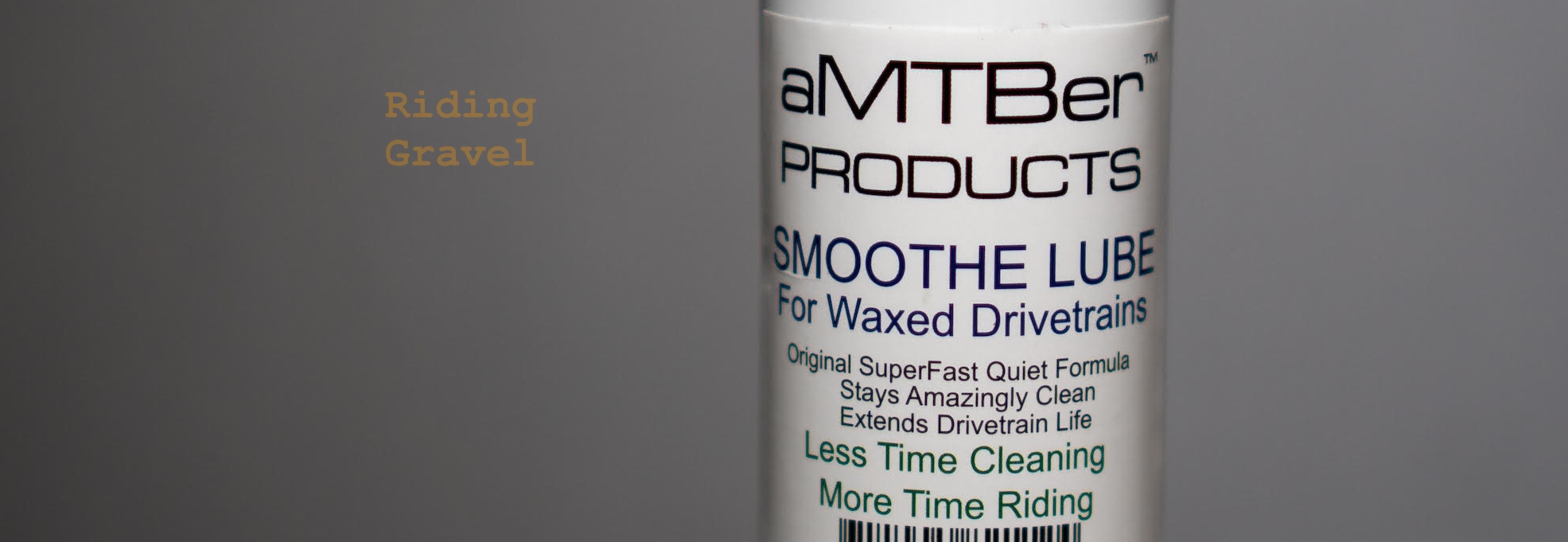
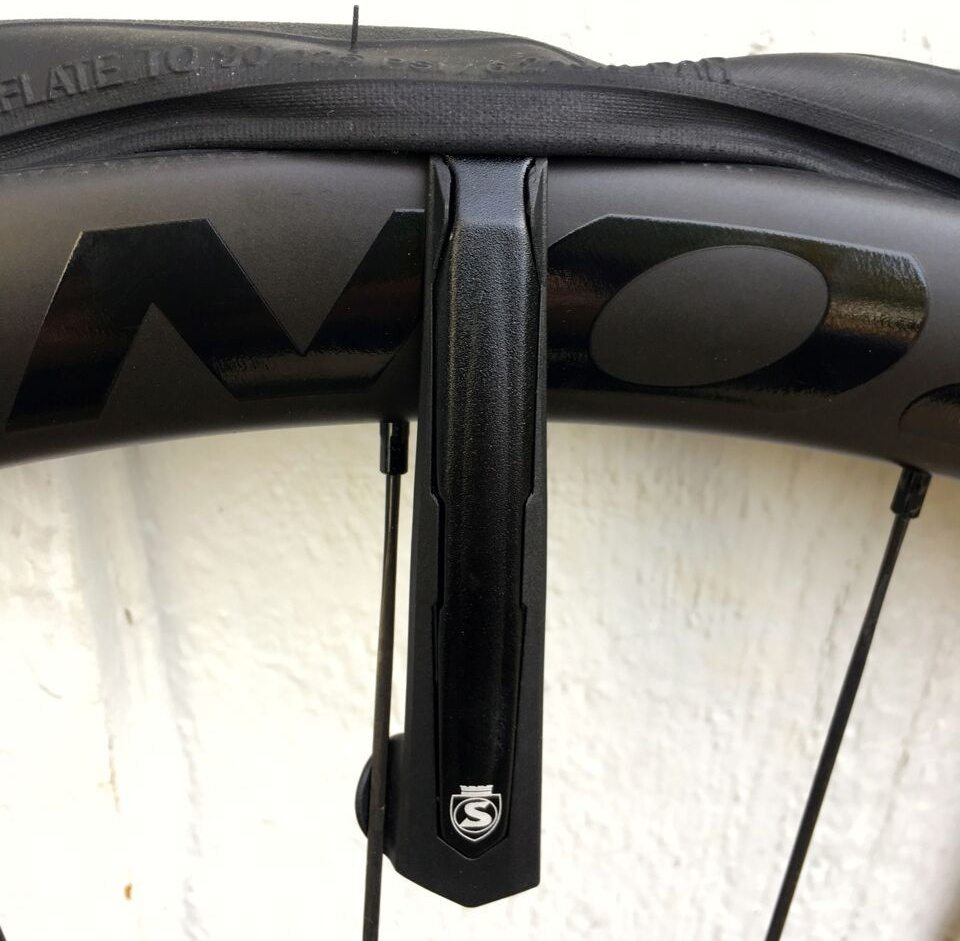
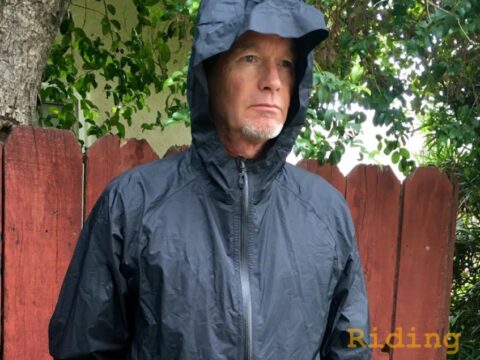
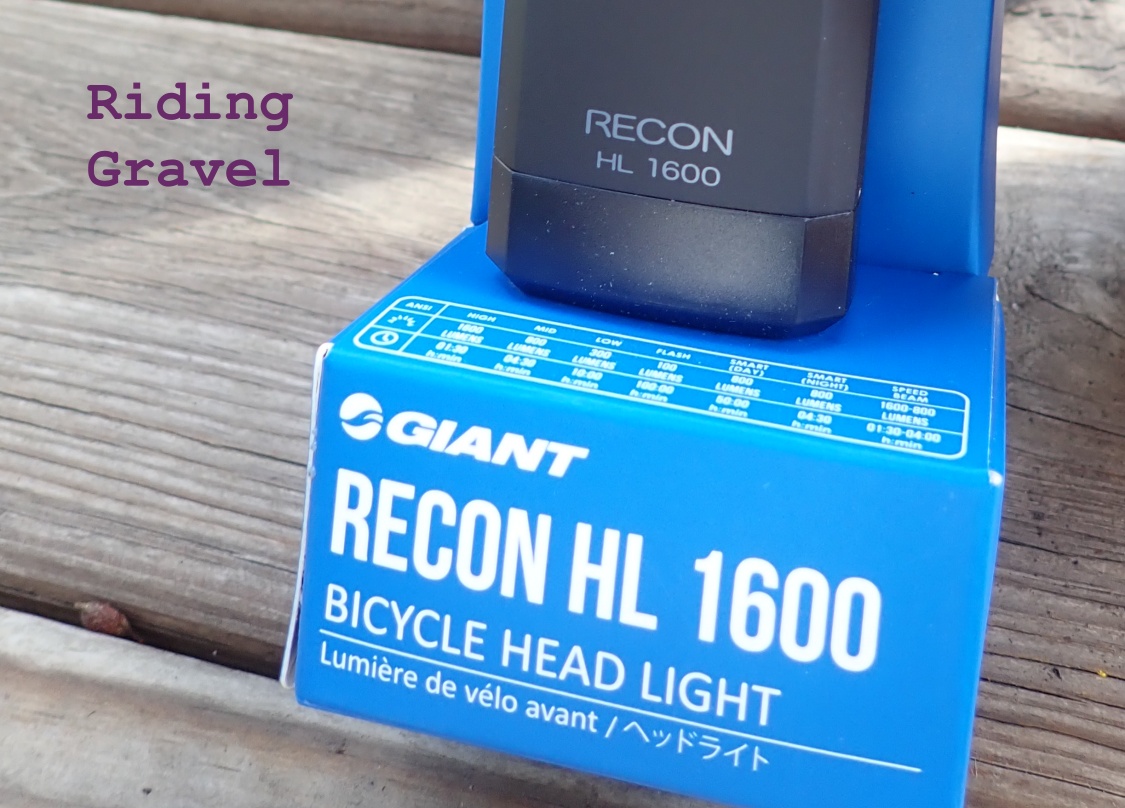

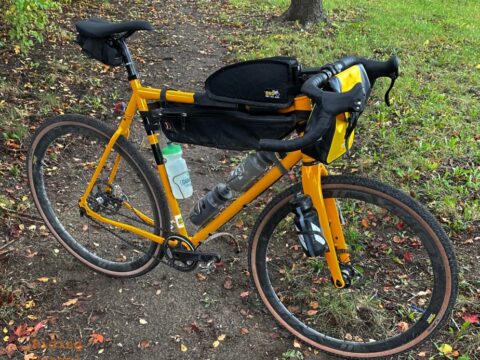

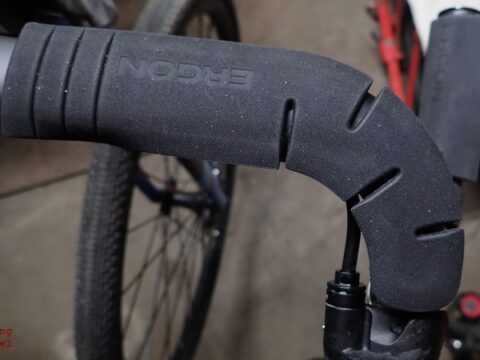

I just try and eat healthy and the right mix of carbs, protein, and vegetables – depending upon what I am doing that day. I don’t race and am generally seeing personal performance improvements just by increasing my time in the saddle and the type of biking I do. IMHO – the unknowns associated with many supplements significantly outweigh the tenuous benefit of taking 30 seconds off my time.
Creatine is not an amino acid. It is an organic compound containing Nitrogen.
John, Creatine is an “endogenous amino acid” or “type” of amino acid although not an amino acid in the usual sense. “Creatine is an amino acid located mostly in your body’s muscles” (Mayo Clinic).
Nothing about bourbon?
@Andrew- Well…….it all depends on WHAT we’re trying to enhance, I suppose. 🙂
I tried it a few times – not recommended
As a Pharmacist, I feel that I would be remiss if I didn’t comment on this article. This article makes me uncomfortable because it seems to be promoting the use of these suppliments. There is no difinitive evidence that any of these suppliments or any legal over-the-counter suppliments provide any sort of significant performance enhancing benefits at all. You are wasting your money buying them.
There are some prescription drugs, like EPO, HGH, steroids, and stimulants, and their illegal analogs, which do have performance enhancing benefits. However, they are illegal to use for performance purposes and when used improperly could have some detrimental side effects. I wonder if Lance Armstrong’s testicular cancer was caused by his use of steroids? Are you willing to risk an amphetamine addiction or heart problems just to win some races?
The only way to improve performance is to do the right exercises, eat well, and live a healthy lifestyle. Hire a good coach. If there were some magic pill that was 100% safe with zero side effects which turned us into supermen, we would be eating them like candy and we would all know about it. There are no magic pills, just hard work and self control!
Bike Nerd appears to have commented without reading the article. In fact, my article questions the safety and effectiveness of supplements and promotes, instead, lifestyle choices that have been shown in scientific studies to promote health. As for Ljsmith,
anthropologists have played an important role in laying the scientific foundation for the argument that aspects of ancestral lifestyles are good for us. Incidentally, I read the relevant scientific literature–including the anthropology–which is not always the case with nutritionists.
Preworkout has several of these supplements in them, in addition to caffeine (the greatest legal performancer). The most important part of it is it can make you poop, so if you have a race you have less to worry about.
Hi John,
There have been large scale studies that seem to prove vitamin D is really only beneficial if combined with sufficient sun exposure without sunscreen. Dietary vitamin D does not seem to do anything. (Link to an article below).
Based on that, I think the link between vitamin D and VO2 Max improvements is mostly or entirely related to differences in time spent outdoors, which tends to be linked to being active. The activity intensity may be fairly low (walking) but even low intensity exercise has benefits (traditional base training).
So I think that people should avoid vitamin D supplements and focus on getting more sun exposure. And read the below article to maybe reconsider how you use sunscreen. I will be trying to get more indirect sunlight and gradually tanning (not burning!) my Irish skin this year.
https://www.outsideonline.com/2380751/sunscreen-sun-exposure-skin-cancer-science
Thanks Eric. You raise an interesting possibility for sure. The exercise idea, however, does not seem to account for the soccer player study results. Also, some of us are prone to skin cancers and need to limit sun exposure.
The linked article talks about how the data doesn’t really support the recommendations to avoid the sun to avoid skin cancer. Instead focus on avoiding burns or getting high doses of sunlight before your skin has tanned.
“Melanoma, the deadly type of skin cancer, is much rarer, accounting for only 1 to 3 percent of new skin cancers. And perplexingly, outdoor workers have half the melanoma rate of indoor workers. ”
“Melanoma, the deadly type of skin cancer, is much rarer, accounting for only 1 to 3 percent of new skin cancers. And perplexingly, outdoor workers have half the melanoma rate of indoor workers. Tanned people have lower rates in general. “The risk factor for melanoma appears to be intermittent sunshine and sunburn, especially when you’re young,” says Weller. “But there’s evidence that long-term sun exposure associates with less melanoma.”
So yes, you increase risk of skin cancer, but most common types aren’t deadly. Melanoma is deadly but rare and you are more likely to survive it if you have regular sun exposure. But dermatologists are divided on the right recommendations to make from this data. The full article is very intriguing.
Personally I will increase my amount of sun exposure but watch the intensity and avoid burns at all costs.